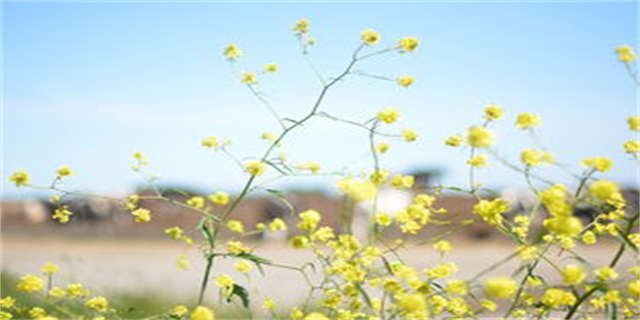envelopes(Understanding Envelopes Your Guide to Using and Choosing the Right Envelope)
Understanding Envelopes: Your Guide to Using and Choosing the Right Envelope
Introduction
Envelopes are an integral part of our daily lives. From sending letters and documents to providing a professional touch to our business communications, envelopes serve several purposes. This article will guide you through the different types of envelopes available, their uses, and factors to consider when choosing the right envelope for your needs.

Types of Envelopes
P1: Standard Envelopes

Standard envelopes, also known as business envelopes, are the most commonly used envelopes. They come in various sizes, including #10 envelopes, which are widely used for business correspondence. Standard envelopes are suitable for mailing letters, invoices, and other documents. These envelopes usually have a rectangular shape with a pointed flap that can be sealed with adhesive. They are available in white and various colors.
P2: Window Envelopes
Window envelopes are a variation of standard envelopes that have a transparent plastic window on the front. The window is strategically placed to reveal the recipient's address printed on the document inside. Window envelopes are commonly used for invoices, statements, and mass mailings, as they save time by eliminating the need for address labels. However, it is important to ensure the document aligns with the window correctly for a professional appearance.
P3: Specialty Envelopes
Specialty envelopes are designed for specific purposes or to add a unique touch to your mailings. They come in a wide range of styles and sizes. Some examples include padded envelopes for shipping delicate items, square envelopes for invitations and cards, and colored envelopes for creative purposes. Specialty envelopes allow you to stand out and create a lasting impression.
Choosing the Right Envelope
P1: Size and Shape
Consider the size and shape of the contents you'll be sending when choosing an envelope. Oversized or bulky documents may require larger envelopes or padded mailers to ensure proper protection. On the other hand, small items such as invitations or greeting cards may require specialty envelopes that complement their unique size and shape. Always choose an envelope that provides a snug fit for your contents.
P2: Material and Quality
Envelopes come in various materials, including paper, plastic, and even recycled options. The material and quality of the envelope can affect its durability and appearance. For important documents or professional correspondence, it is essential to choose envelopes made from high-quality materials that convey a sense of professionalism and reliability.
P3: Seal Type
Envelopes typically come with two types of seals – adhesive seals and self-seal closures. Adhesive seals require moistening the glue strip to seal the envelope, while self-seal closures have a pre-applied adhesive that only requires removing a strip and pressing the flap down. Consider the convenience and security offered by each seal type before making your decision.
Conclusion
Envelopes play a vital role in our personal and professional communication. By understanding the different types of envelopes and considering important factors such as size, material, and seal type, you can choose the right envelope that meets your specific needs. Whether it's for mailing important documents, sending invitations, or adding a creative touch, selecting the appropriate envelope will ensure your messages are delivered safely and in style.
版权声明:本文内容由互联网用户自发贡献,该文观点仅代表作者本人。本站仅提供信息存储空间服务,不拥有所有权,不承担相关法律责任。如发现本站有涉嫌抄袭侵权/违法违规的内容, 请发送邮件至3237157959@qq.com 举报,一经查实,本站将立刻删除。
